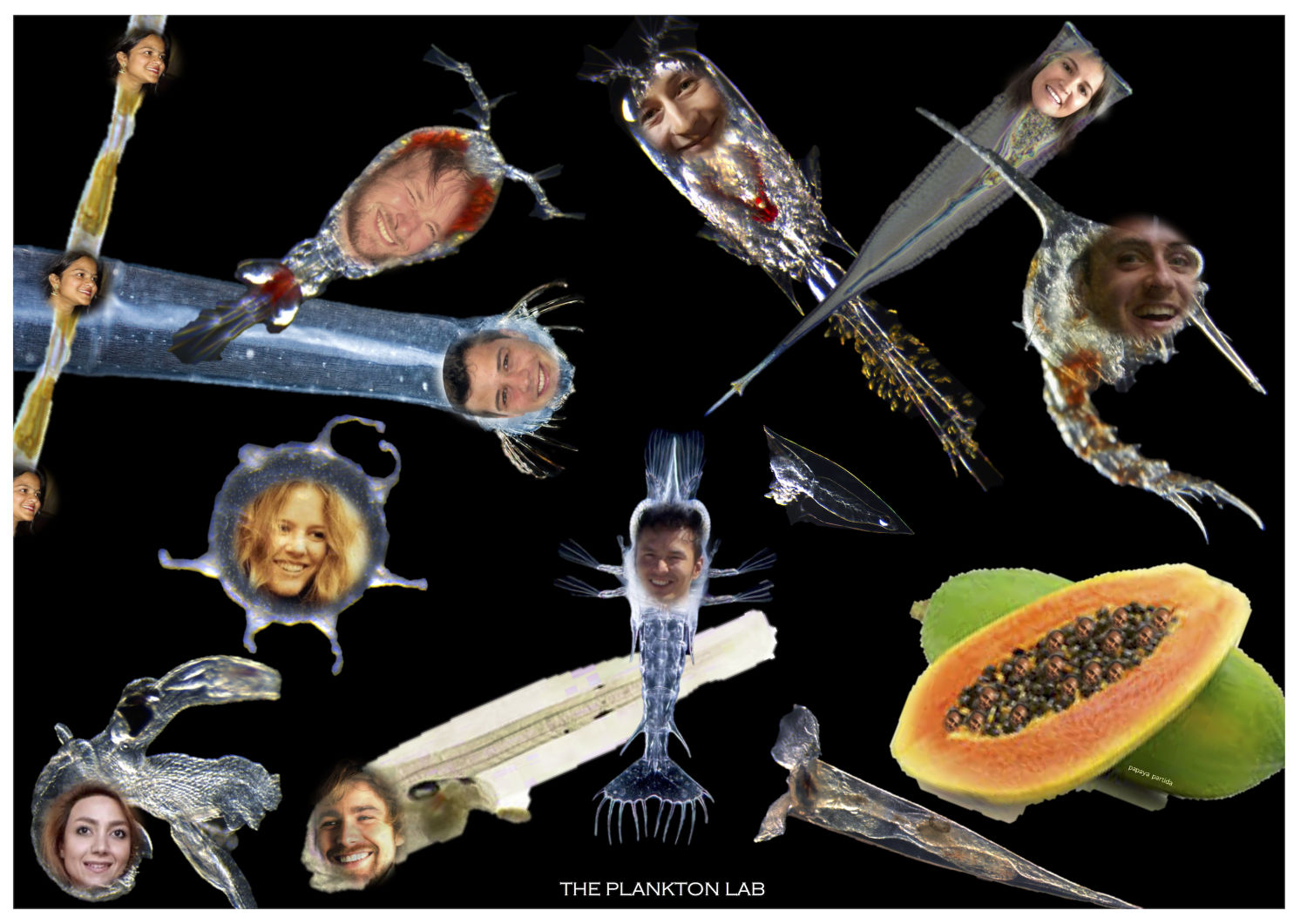Ding, dong … Tintinnids are here!

Among all the diverse organisms living in our mesocosms, I have to say that I’m most amazed by them, the tintinnids. These microscopic animals didn’t want to miss the party going on in our “small worlds” with lots of nutrients and food. They are not bigger than a fifth of a millimetre and commonly inhabit the water column of our oceans. They use the cillia (hairs that surround their mouth) to move around and to feed on even smaller phytoplankton cells.
Tintinnids have a characteristic feature that makes them very special: the lorica. These are tiny shells which protect their bodies. It’s so amazing in how many different morphologies these little houses are produced and how beautiful they are! In the food web, tintinnids belong to the microzooplankton, meaning that they are among the smallest grazers and an important trophic link between the phytoplankton and bigger organisms like copepods or fish larvae.
After more than 30 days into the experiment and hours of looking at them, I still can’t help screaming “¡Ay, qué bonito!” every time I see one of these cute creatures. In fact, this is what happens every day in our plankton lab. Everybody gets excited with the samples: looking for fish larvae, new species of copepods, diatoms, jellyfish, radiolarians ... And how cool it is to go around the microscopes and observe the fascinating planktonic world!



